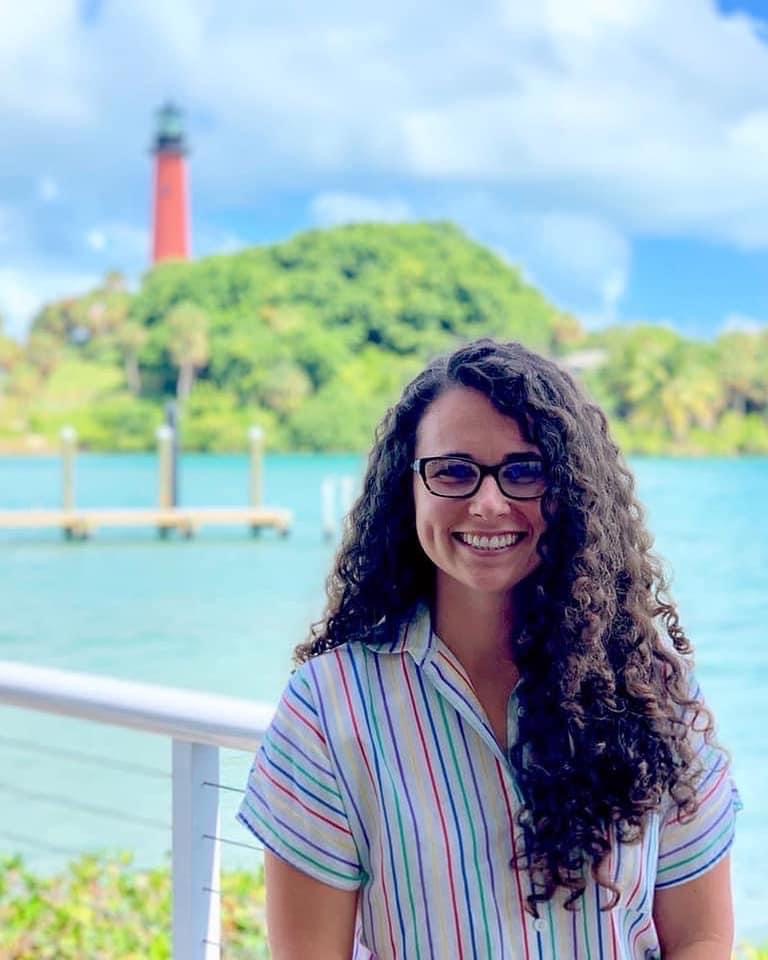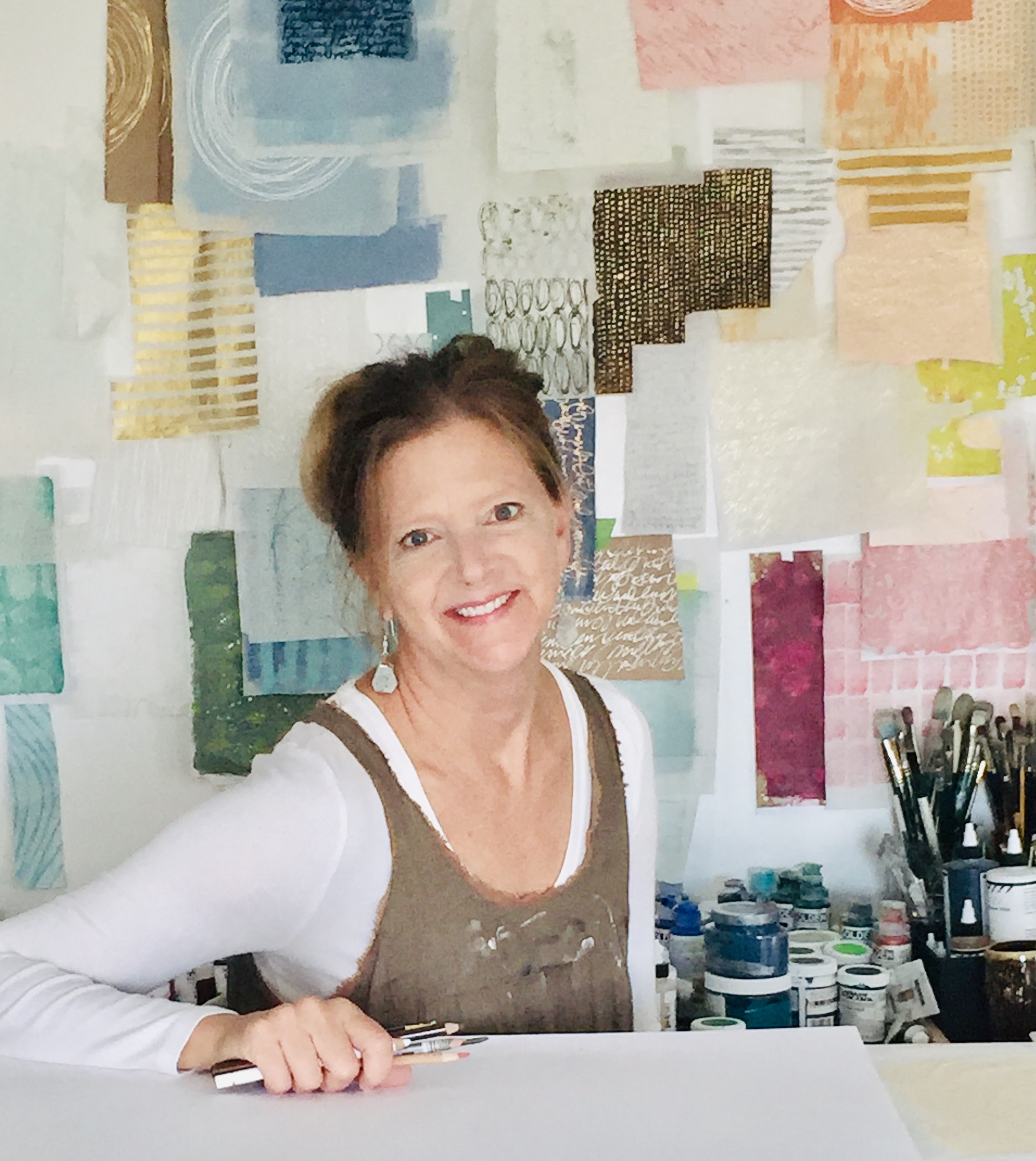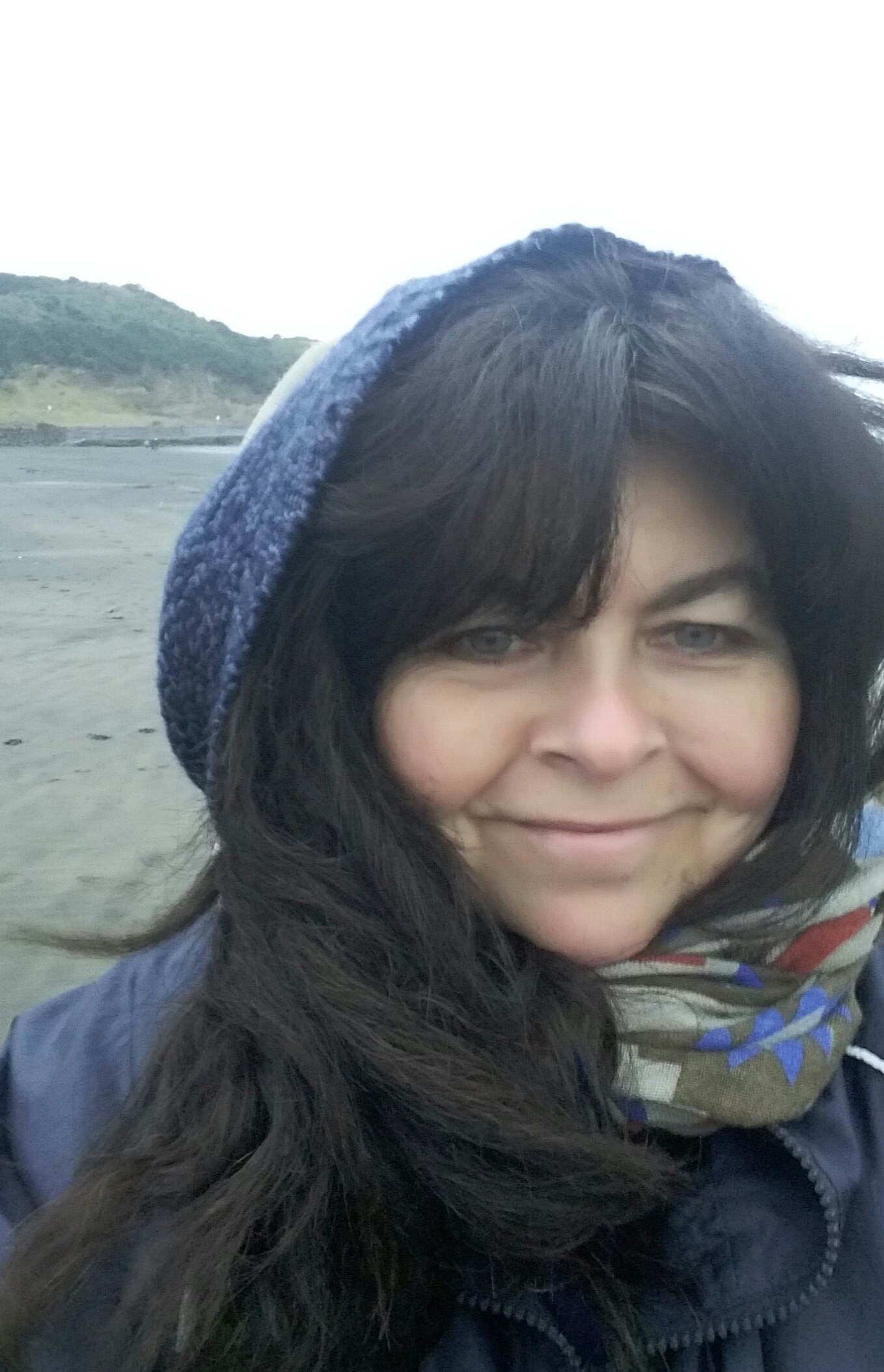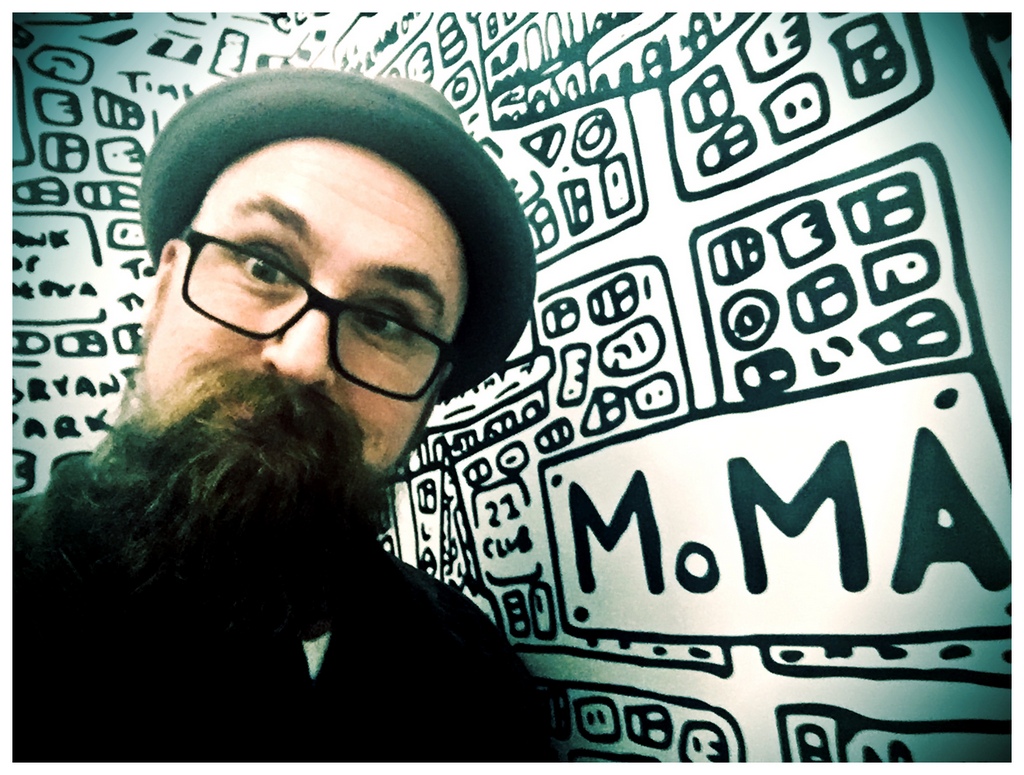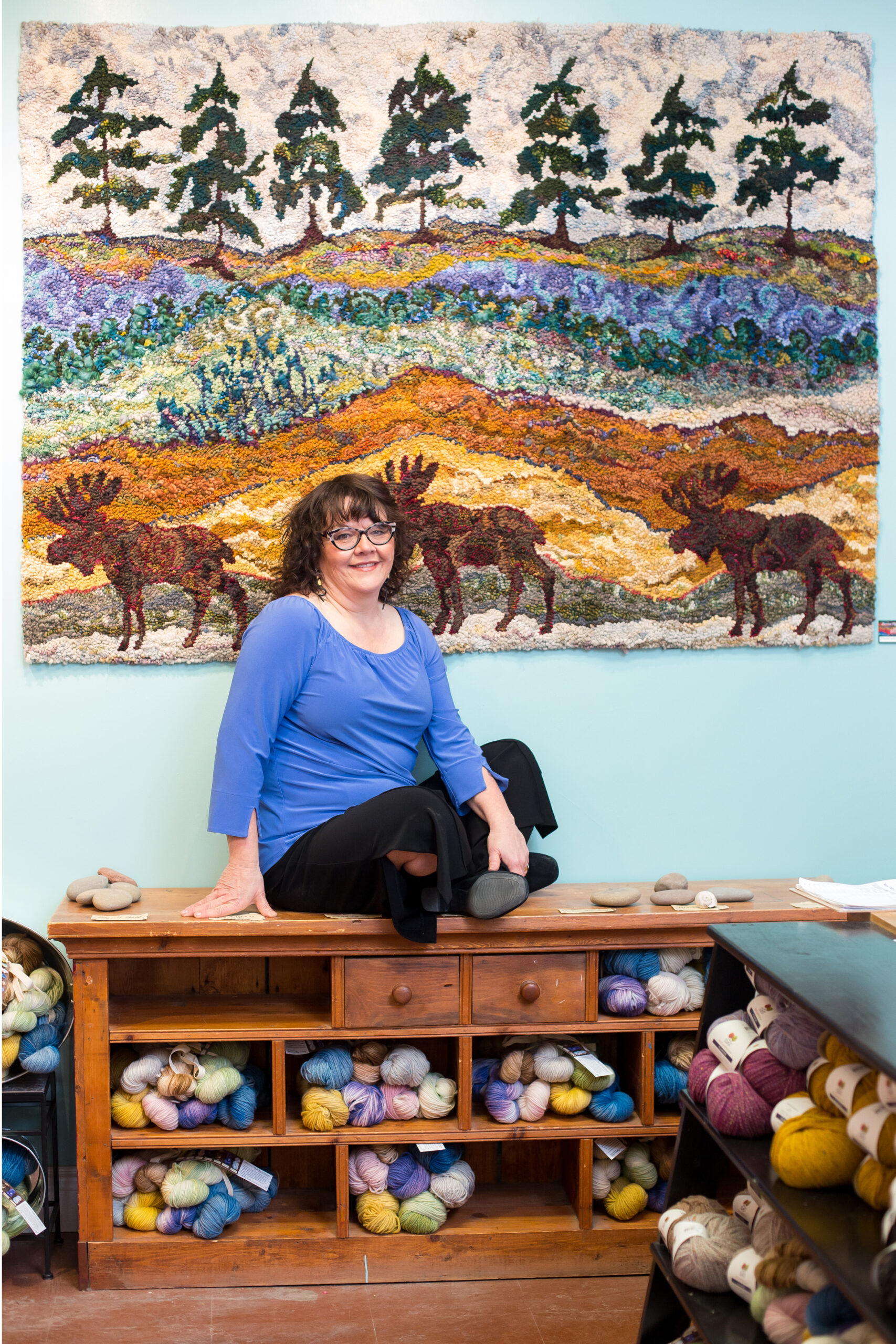#193 Maria Tritico: Remembering a Talented Artist and Beautiful Person
Maria Tritico was a jewelry artist, art therapist, and art educator here in Palm Beach County where I live. I’m replaying my episode with her from October, 2018 with a new introduction. Last week, Maria died when she was hit by stray gunfire while she was sitting on the beach. She was a friend of mine, as she was to just about everyone in the Palm Beach County art community. Maria had just turned 32, had just closed on a house with her fiancé, and had plans to get married this December 31st. I would like my listeners to know that there was an amazing, beautiful, and talented artist named Maria Tritico. She was loved, and she spread her love to so many groups of people that she worked with. In this interview, we talk about her jewelry making and how her style has developed over the years. We also talk about her art therapy degree and how she was starting an art therapy program at the Lighthouse Art Center in Tequesta, Florida. When we talked, Maria was teaching jewelry classes at the Lighthouse. Since then, she became the Director of Education. The staff of the Lighthouse Art Center are like one big family, and losing Maria is a big loss for them. It’s also a loss for our local art community, as well as the groups Maria helped with her art therapy. Listen here or download from iTunes, Spotify, Google Play, CastBox, or Stitcher. Maria Tritico Hair Collar by Maria Tritico Birds Brooch Moonscraper brooch Cable Bridge brooch Aqueduct bracelet Maria won Best in Show at Continuum Gallery for one of her skyscraper necklaces. Maria with her fiance Chad Steve Skyscraper necklace You can see more of Maria's jewelry on her website. If you would like to make a donation to the Maria Tritico Memorial Fund through the Lighthouse ArtCenter, here is the link.
